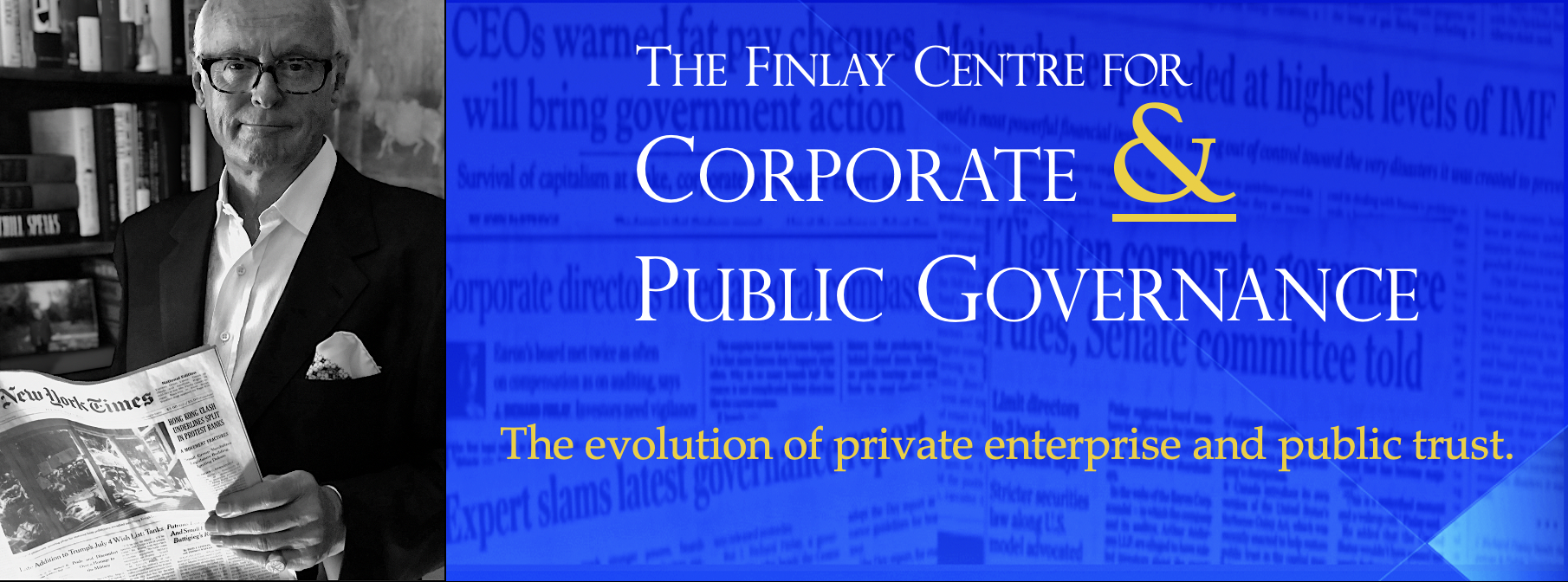Outrage of the Week: Missing the Roles that Dimon, Fuld and Immelt Played as New York Fed Directors in Wall Street’s Big Bailout
The absence of any discussion concerning all the roles held by these important Wall Street figures, including in the governance of the Fed itself, does a disservice to the stakeholders who are entitled to all the facts.
 It is widely held, even by Fed Chairman Ben S. Bernanke, that the Federal Reserve System helped to bail out Wall Street when it agreed to “loan” $29 billion to facilitate JPMorgan’s purchase of distressed investment bank Bear Stearns. We will have more on the subject of that so-called loan in an upcoming posting. What has gone unnoticed and uncommented upon by the press, analysts and members of the U.S. Senate banking committee during its hearing last week, however, is the fact that key Wall Street figures, including Jamie Dimon, chairman and CEO of JPMorgan Chase, Richard S. Fuld, Jr., chairman and CEO of Lehman Brothers and Jeffery R. Immelt, chairman and CEO of GE, are directors of the Federal Reserve Bank of New York, the institution that is putting up the money.
It is widely held, even by Fed Chairman Ben S. Bernanke, that the Federal Reserve System helped to bail out Wall Street when it agreed to “loan” $29 billion to facilitate JPMorgan’s purchase of distressed investment bank Bear Stearns. We will have more on the subject of that so-called loan in an upcoming posting. What has gone unnoticed and uncommented upon by the press, analysts and members of the U.S. Senate banking committee during its hearing last week, however, is the fact that key Wall Street figures, including Jamie Dimon, chairman and CEO of JPMorgan Chase, Richard S. Fuld, Jr., chairman and CEO of Lehman Brothers and Jeffery R. Immelt, chairman and CEO of GE, are directors of the Federal Reserve Bank of New York, the institution that is putting up the money.
Mr. Dimon is a “Class A” director of the New York Fed, elected by member banks to represent member banks (i.e., Wall Street). Mr. Fuld and Mr. Immelt are elected by member banks to represent the public. One might take the view that foxes are generally elected to guard the henhouse, too. The New York Fed’s governance brings to mind the crony-stocked, self-serving boardroom of the New York Stock Exchange under Richard Grasso before it was forced to make major changes to ensure higher standards of independence and accountability. It is clearly time to look at to whom and how the New York Federal Reserve is held accountable.
We know that JPMorgan benefited handsomely from the Fed’s dramatic measures. Lehman Brothers, widely rumored a few weeks ago as the next possible Bear Stearns, got a boost from the Fed’s market soothing actions. And GE, who just today jolted the market by announcing a 5.8 per cent decline in first quarter net income, was also having problems with its financial services division. Mr. Immelt told CNBC (a unit of GE) that he began to be aware in March of a weakening company outlook. (In an interview earlier that month, he indicated the company was still on target to meet its previous positive guidance.) A less volatile capital market temperament was no doubt helpful to him as well.
More and more, the picture is emerging that this was a bailout of Wall Street, prompted by Wall Street, over problems caused by Wall Street, with terms dictated by Wall Street. The Fed’s agreement constitutes the single most significant market intervention in generations. Such a decision, which places substantial taxpayer dollars on the line and the concept of moral hazard in jeopardy, should be arrived at in a manner that is beyond reproach not only in fact but also in appearance.
The absence of any discussion by the media, the Federal Reserve or legislators concerning all the roles held by these important Wall Street figures, including in the governance of the Fed itself, does a disservice to the stakeholders who are entitled to all the facts in order to properly hold government and its agencies to account. It is our call for the Outrage of the Week.
